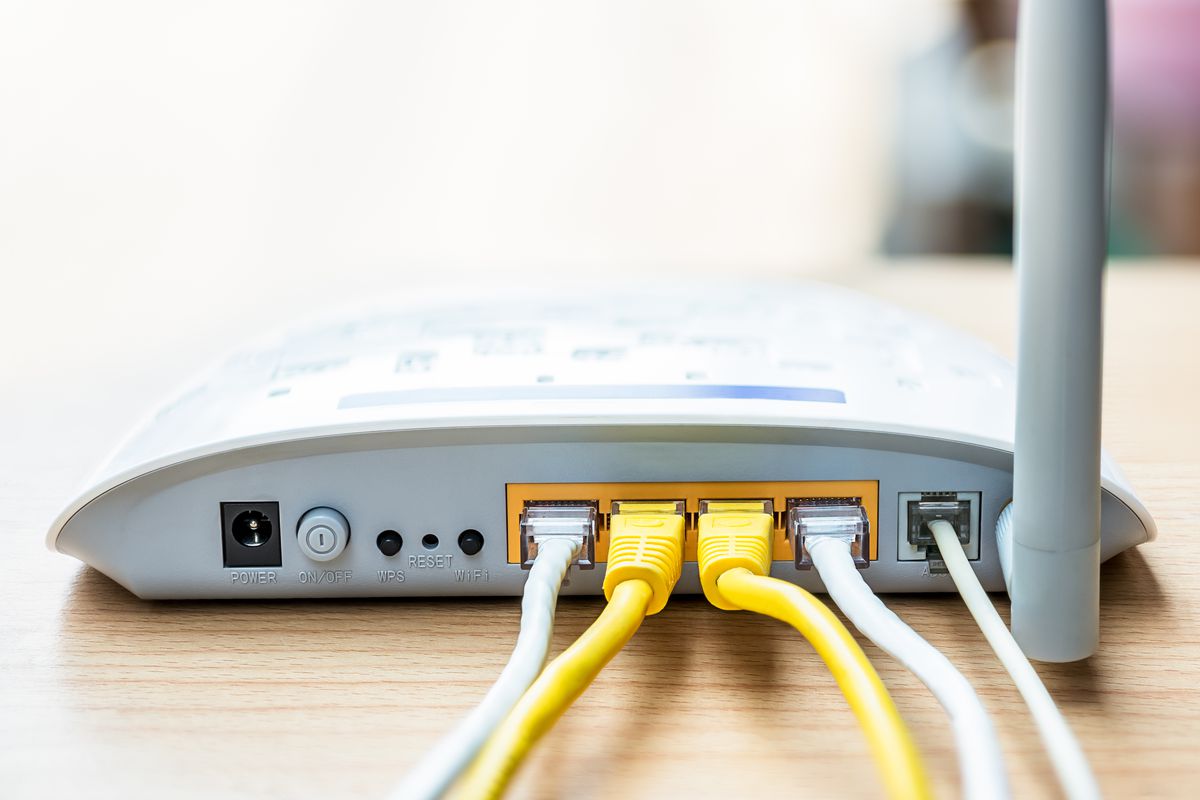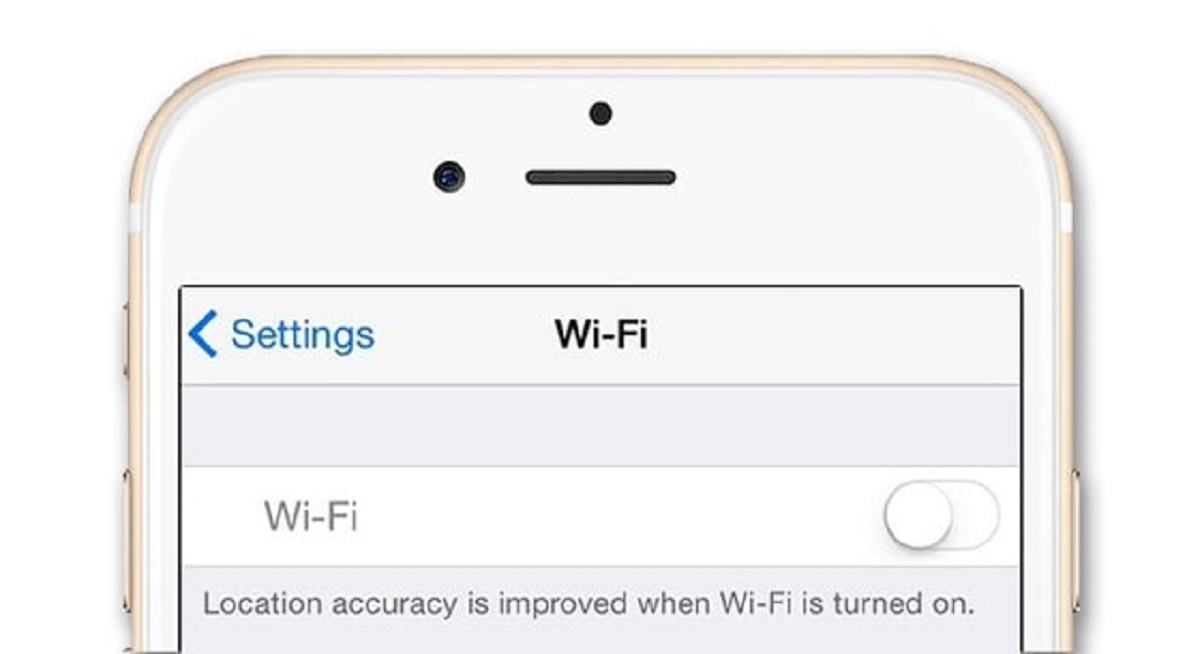Introduction
Understanding the Basics of Network Switches
Network switches are essential components of modern computer networks, serving as the central point for connecting devices within a local area network (LAN). They efficiently manage data traffic by forwarding data packets to their intended destinations. However, users may encounter difficulties when attempting to connect to the internet through a network switch. This article aims to explore the common issues associated with network switches and provide troubleshooting steps to address these issues effectively.
A network switch operates at the data link layer of the OSI model and is capable of inspecting data packets to determine the appropriate outgoing network interface. Unlike hubs, which broadcast data to all connected devices, switches create a direct connection between the sender and recipient of the data, optimizing network performance and reducing congestion.
Understanding the role of network switches in facilitating communication between devices is crucial for troubleshooting connectivity issues. By unraveling the complexities of these networking devices and addressing common problems, users can ensure seamless internet connectivity and optimal network performance.
Whether you are a home user seeking to resolve connectivity issues or an IT professional troubleshooting network problems in a business environment, this article will equip you with the knowledge and strategies needed to overcome challenges related to connecting to the internet through a network switch. Let's delve into the intricacies of network switches and explore the troubleshooting steps to effectively address connectivity issues.
Understanding Network Switches
Network switches are fundamental to the operation of modern computer networks, enabling the efficient transmission of data between connected devices. These devices operate at the data link layer of the OSI model, where they utilize MAC addresses to forward data packets to their intended destinations. Unlike traditional hubs, which indiscriminately broadcast data to all connected devices, switches create direct, point-to-point connections, optimizing network performance and reducing unnecessary traffic.
One of the key advantages of network switches is their ability to facilitate simultaneous communication between multiple devices within a local area network (LAN). By intelligently directing data packets only to the appropriate ports, switches minimize data collisions and enhance network efficiency. This feature is particularly beneficial in environments where numerous devices need to communicate simultaneously, such as in office settings or densely populated residential areas.
Managed switches offer additional functionality, allowing for greater control and customization of network operations. These switches provide advanced features such as VLAN support, Quality of Service (QoS) prioritization, and network monitoring capabilities. They are commonly utilized in enterprise environments where network administrators require granular control over network traffic and security.
Understanding the role of network switches in network architecture is essential for troubleshooting connectivity issues. When users encounter difficulties connecting to the internet through a network switch, it is important to consider factors such as port configurations, cable integrity, and network congestion. By comprehending the intricacies of network switches, individuals can effectively diagnose and resolve connectivity issues, ensuring seamless internet access and optimal network performance.
Common Issues with Network Switches
While network switches play a crucial role in facilitating efficient data transmission within local area networks, they are susceptible to various issues that can impact connectivity and performance. Understanding these common issues is essential for effectively troubleshooting network switch-related problems.
-
Port Connectivity Problems: One of the most prevalent issues with network switches is port connectivity problems. This can manifest as devices being unable to establish a connection or experiencing intermittent connectivity. Faulty or improperly configured ports, damaged cables, or issues with connected devices can contribute to this issue.
-
Network Congestion: Network congestion occurs when the volume of data traffic exceeds the capacity of the network infrastructure. This can lead to slow data transfer speeds, packet loss, and connectivity issues. Network switches may struggle to handle the increased traffic, resulting in performance degradation.
-
Power Over Ethernet (PoE) Failures: In PoE-enabled switches, failures related to power delivery can disrupt the functionality of connected devices, such as IP phones, wireless access points, and surveillance cameras. Issues with power allocation, faulty PoE injectors, or incompatible devices can lead to connectivity disruptions.
-
Spanning Tree Protocol (STP) Problems: The Spanning Tree Protocol is utilized to prevent network loops and ensure a redundant path for data transmission. However, misconfigurations or inconsistencies in STP settings can result in network instability, leading to connectivity issues and suboptimal performance.
-
Broadcast Storms: A broadcast storm occurs when a high volume of broadcast packets overwhelms the network, consuming bandwidth and causing network congestion. Network switches may struggle to manage the excessive broadcast traffic, leading to connectivity issues and degraded network performance.
By recognizing these common issues with network switches, users can proactively identify and address potential connectivity and performance challenges. Troubleshooting these issues effectively requires a comprehensive understanding of network switch operations and the implementation of targeted solutions to restore optimal network functionality.
Troubleshooting Steps
When encountering connectivity issues with network switches, it is essential to follow a systematic approach to diagnose and resolve the underlying problems. By implementing the following troubleshooting steps, users can effectively address common issues and restore seamless connectivity within their network environment.
-
Port Inspection and Configuration: Begin by inspecting the physical ports on the network switch. Ensure that cables are securely connected and undamaged. Verify the port configurations to confirm that they align with the network requirements. Reconfigure ports if necessary and replace faulty cables to address connectivity issues.
-
Network Traffic Analysis: Utilize network monitoring tools to analyze data traffic and identify potential congestion points. By pinpointing areas of high network utilization, users can take steps to alleviate congestion, such as optimizing network settings, implementing Quality of Service (QoS) policies, or redistributing network loads.
-
Power Over Ethernet (PoE) Troubleshooting: For PoE-enabled switches, diagnose PoE-related issues by checking power allocation settings, verifying compatibility with connected devices, and inspecting PoE injectors for faults. Reconfigure PoE settings and replace malfunctioning components to restore power delivery to connected devices.
-
Spanning Tree Protocol (STP) Configuration: Review the STP configuration on the network switch to identify any misconfigurations or inconsistencies. Ensure that the STP settings are optimized to prevent network loops and maintain a stable network topology. Address any STP-related issues to enhance network stability and connectivity.
-
Broadcast Storm Mitigation: Implement measures to mitigate broadcast storms, such as configuring broadcast storm control features on the network switch, optimizing network segmentation, or isolating problematic devices that generate excessive broadcast traffic. By controlling broadcast storms, users can prevent network congestion and maintain smooth data transmission.
By systematically applying these troubleshooting steps, users can effectively identify and address common issues associated with network switches, ultimately restoring seamless connectivity and optimizing network performance. It is important to leverage network diagnostic tools and best practices to ensure the efficient operation of network switches and the uninterrupted flow of data within the network environment.
Conclusion
As the backbone of local area networks, network switches are integral to the seamless transmission of data between connected devices. However, users may encounter a variety of issues when attempting to connect to the internet through a network switch. By understanding the common issues associated with network switches and implementing targeted troubleshooting steps, individuals can effectively address connectivity challenges and ensure optimal network performance.
Recognizing the significance of port configurations, network congestion, Power over Ethernet (PoE) functionality, Spanning Tree Protocol (STP) settings, and broadcast storm mitigation is essential for diagnosing and resolving connectivity issues. By systematically inspecting physical ports, analyzing network traffic, troubleshooting PoE-related problems, reviewing STP configurations, and implementing broadcast storm mitigation measures, users can proactively address common issues with network switches, restoring seamless connectivity and enhancing network stability.
Empowering users with the knowledge and strategies to troubleshoot network switch-related problems is crucial for maintaining a reliable and efficient network environment. Whether in home or business settings, the ability to diagnose and resolve connectivity issues fosters uninterrupted internet access and optimized network performance.
By embracing a proactive approach to troubleshooting and leveraging the capabilities of network monitoring tools and best practices, individuals can navigate the complexities of network switches with confidence, ensuring that connectivity issues are swiftly identified and effectively resolved.
In conclusion, a comprehensive understanding of network switch operations and the implementation of targeted troubleshooting steps are instrumental in overcoming connectivity challenges and fostering a resilient network infrastructure. By equipping users with the necessary knowledge and strategies, this article aims to empower individuals to address network switch-related issues effectively, ultimately enabling seamless internet connectivity and optimal network performance.

























